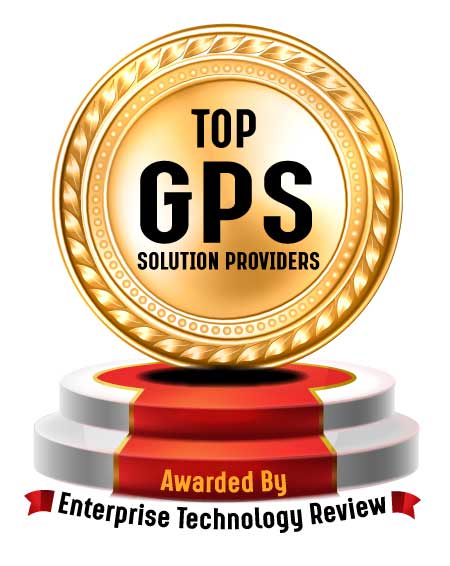
Use of GIS Technology in Improving Healthcare
Enterprise Technology Review | Tuesday, September 15, 2020

The increasingly information-intensive environment of today’s health care makes the role of more important due to its capabilities to combine and analyze a wide range of data sources.
FREMONT, CA: The tremendous potential of Geographic Information System (GIS)can offer to the health care industry is just now beginning to be realized. Both public and private health sectors are developing innovative methods to leverage the data integration and spatial visualization power of GIS. The types of organizations adopting GIS span from public health departments and public health policy and research organizations to hospitals, medical centers, and health insurance agencies. The positive effects of GIS have proven to be tremendous as this tool continue to have a great impact on the mission to improve worldwide health care. Read on to know more.
 Heath sector uses GIS to track immunizations, conduct health policy research, and establish service areas. GIS offers a way to move data from the project level so that it can be utilized by the entire healthcare facility. Clinical and administrative data can be disseminated in a visual and geographic manner that is readily understood using mapping technology. This health data can be easily accessed too.
Heath sector uses GIS to track immunizations, conduct health policy research, and establish service areas. GIS offers a way to move data from the project level so that it can be utilized by the entire healthcare facility. Clinical and administrative data can be disseminated in a visual and geographic manner that is readily understood using mapping technology. This health data can be easily accessed too.
See Also: Healthcare Business Review
Electronic health records are critical tools for healthcare improvement, but they alone aren't enough to really transform patient health. As more and more IT investments depend on analytics tools to unearth trends and patterns in care delivery and wellness, GIS is starting to make inroads. The use of GIS in the evaluation of HER data is of prime significance to investigators as it permits geographic and specific targeting of epidemiologic methods, and preventive and therapeutic treatment trials for patients with serious illnesses.
Managing patient care environments within healthcare facilities has become an increasingly complex task. Caregivers need critical information that is readily available in a visually optimized format. Using a GIS-based system can let caregivers see the physical bed location of each patient and retrieve demographic and clinical information. With this, patient admission will also be improved because admitting patients will be powered by quickly identifying available beds. GIS can also enhance customer service for a health care provider. Dynamic maps that show the location of services are readily available today.
See Also: Top GIS Consulting/Services Companies
Read Also









